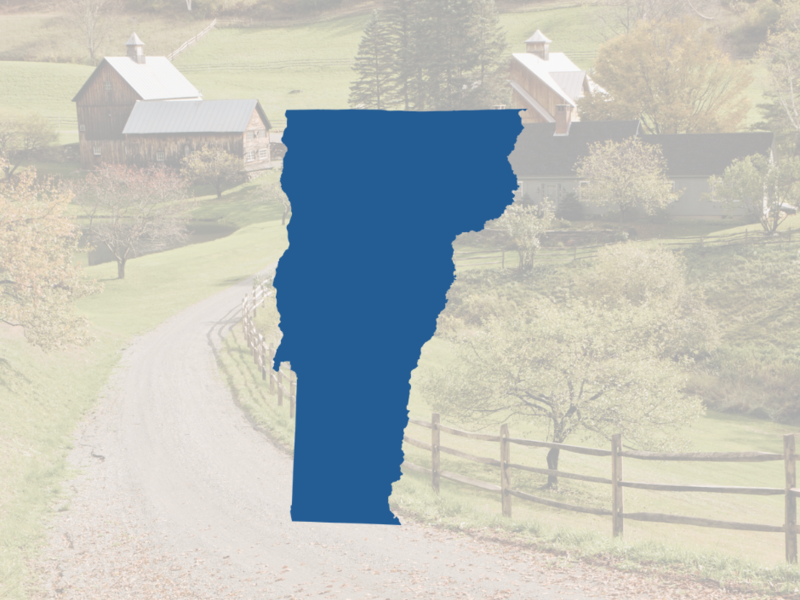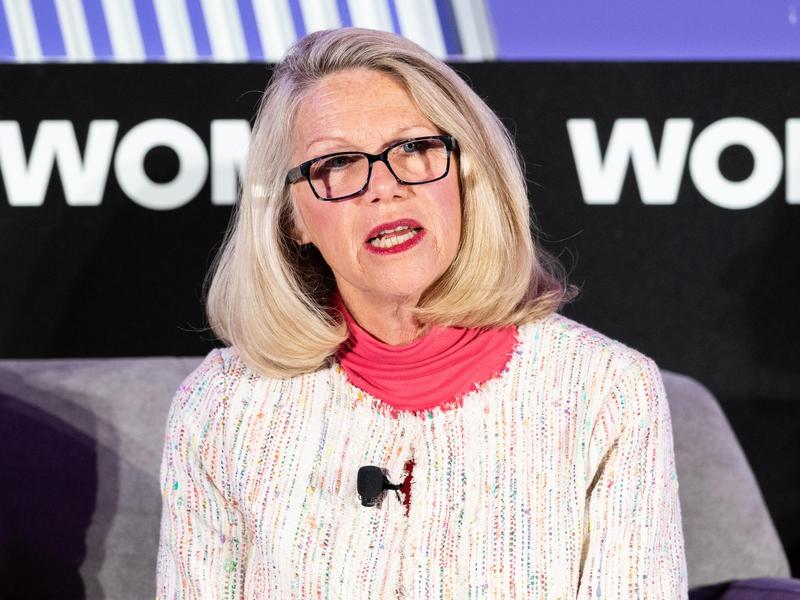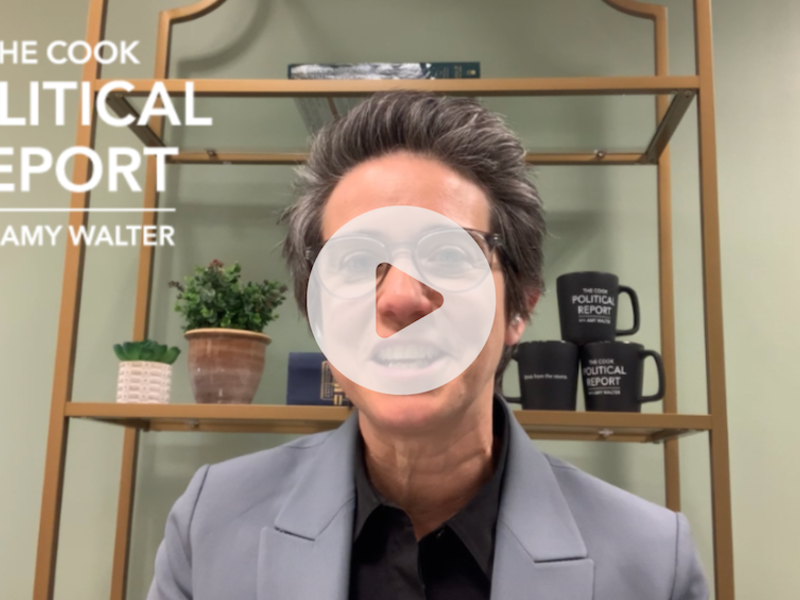
There are a lot of great political stories out there right now, so it’s easy to miss that the biggest one might be happening below the federal level.
Nationally, what appears to be the blue Democratic tidal wave is arguably really a pink wave, with women voters, donors, and candidates driving much of the movement in favor of Democrats. We are seeing eye-popping gender gaps, with the Republican edge among men dwarfed by the Democratic advantage among women. In the mid-September NBC News/Wall Street Journal national poll, men narrowly favored Republicans in preference for control of the House, 47 to 44 percent, but women preferred a Democratic majority by a wide margin: 58 to 33 percent. The Pew Research Center poll showed very similar results on their generic-ballot test, with men going Republican by 3 points, 48 to 45 percent,and women for Democrats by 23 points, 58 to 35 percent.
The Pew Research Center released on Wednesday its final tally of primary votes cast this year. Republican turnout was up 27 percent over 2014, when 1.2 million more Republicans than Democrats cast ballots in primaries. But Democratic turnout ended up 91 percent higher this year than 2014, with 2.9 million more Democrats than Republicans voting this time around. This is an important metric in gauging how much interest and enthusiasm in each party and has been a useful thing to look at in the past.
At the same time, polling shows the intensity and enthusiasm among Republican voters began to increase during September, partially closing the gap with Democrats on that measure. Some of this was natural and expected—Republican voters ‘coming home’—but a piece of it was undoubtedly a combination of the attention on Judge Brett Kavanaugh’s Supreme Court confirmation fight. A third element is that many Republican voters are now finally perceiving that there is no red wave and that their congressional majorities really are in danger.
This is all part of a broad theme that this year, the House, governor, and state legislature fights are taking place on one battlefield, while the U.S. Senate is being fought over on another. The House looks very likely to flip into Democratic hands, most likely a net gain for Democrats of between 25 and 45 seats, more than the 23 needed to tip the majority. But the Senate fight is mostly being fought in higher-elevation states that are mostly, if not entirely out of reach for a Democratic wave.
I expect net gains for Democrats in governorships of between six and a dozen, and a pickup for Democrats of between 400 and 650 state legislative seats, more than the average midterm loss of 375 seats for the party in the White House. These state elections are the most under-reported story in politics, with control of chambers likely tipping from Republicans to Democrats. Three-quarters of the governorships and four-fifths of the state legislative seats are up in these midterm cycles. Remember that with the inability or unwillingness of Washington to deal with so many problems, the resulting vacuum has given states considerably more power on many fronts. Then consider the massive gains on the state level for Republicans during the eight years of the Obama presidency, and how much of that ground could slip away.
Republicans now hold 33 governorships to just 16 for Democrats (plus one independent in Alaska). The GOP has 26 governorships up this year, Democrats only have nine. Republicans have 12 open governorships, Democrats only four. Republicans have 11 governorships that The Cook Political Report rates as Toss-Up or worse for the GOP, Democrats have one. The governorship of Illinois looks gone for Republicans, Michigan looks like it is slipping away from the GOP, while Florida, Georgia, Iowa, Ohio, and Wisconsin look headed in a similar direction.
Republicans control both the state Senate and House chambers in 25 states, Democrats hold both bodies in just seven states, 17 are split (plus Nebraska is both unicameral and non-partisan). The Republican dominance on the state level, much of it gained in the 2010 and 2014 midterm elections, has resulted in very conservative policy changes on issues ranging from abortion, to Medicaid expansion (or contraction), to voting access. Given that the U.S. Senate and House are likely to be closely divided no matter what happens in November and President Trump will still wield a veto pen, it is in the state capitols that major policy changes could occur in 2019 and 2020, not in Washington.
To say that Republicans are facing a challenging year in the states is an understatement; one prominent Republican pollster this week privately referred to the state legislative election scene as a “killing field” for Republicans. According to Tim Storey of the National Conference of State Legislatures, a dozen state legislative chambers are toss-ups, eight currently controlled by the GOP, three at least theoretically controlled by Democrats. The Republican-controlled House and Senate chambers are toss-ups in Arizona and New Hampshire, as are their Senates in Colorado, Maine, and Wisconsin, as well as the Alaskan House.
While technically, Democrats have a majority in the New York Senate, the chamber is effectively run by a GOP-controlled coalition, and it too is a toss-up. Democrats have just two chambers in such a position, the Nevada and Washington state Senates. In Connecticut, the battle over the tied Senate is a toss-up as well. But if the wave is big enough, according to Storey, the Florida Senate, both the House and Senate in Iowa, and the House chambers in Michigan, Minnesota, and Pennsylvania also come into play. Republicans also have toss-up chambers in Alaska, both the House and Senate in Arizona, the Colorado, New Hampshire, and Wisconsin Senates.
Clashes over school funding and other state spending issues even ruby-red Republican states like Kansas and Oklahoma have shaken up the politics in many states. Anything that is done by statute can be undone in the same way, we could see the policy direction in many states changing substantially, if not completely reversing direction.
This story was originally published on nationaljournal.com on October 5, 2018








Subscribe Today
Our subscribers have first access to individual race pages for each House, Senate and Governors race, which will include race ratings (each race is rated on a seven-point scale) and a narrative analysis pertaining to that race.